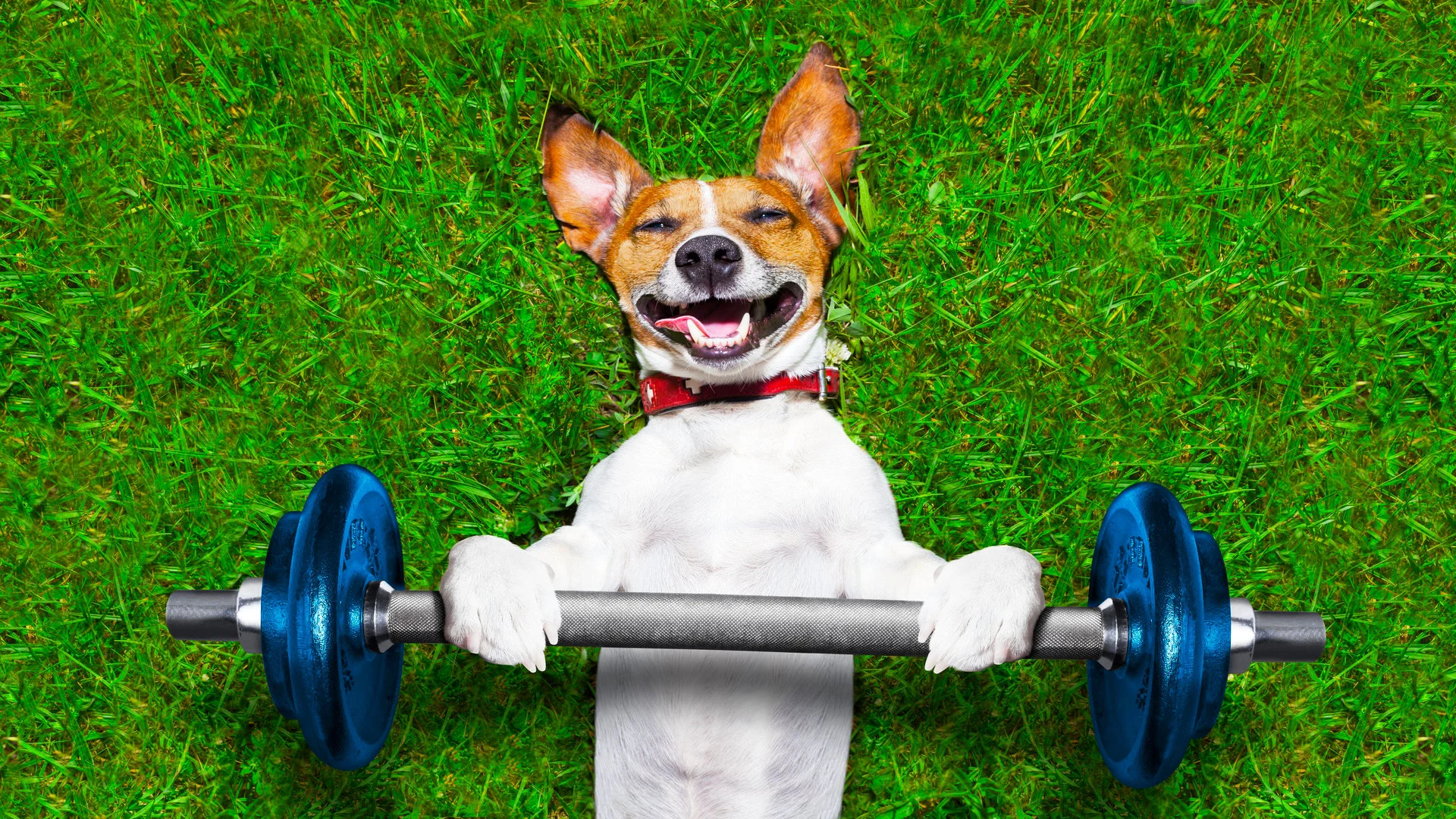
Dogs require regular exercise for proper growth, health, and stimulation. The amount a dog needs to exercise depends on breed, age, and any preexisting health conditions.
Puppies tend to have a lot more energy than adult dogs, and display brief fits of hyperactivity throughout the day. But they are also still growing, so their joints are prone to damage. It is best to steer clear of any exercises involving too much joint impact, like jumping onto firm surfaces or walking and jogging excessively. Fun activities like fetching and chasing a few times daily will be good for your pup, along with their regular walks.
Amount of exercise is also heavily dependent on breed, which is a factor you should greatly consider if you are deciding what dog to get. The most active dog breeds include retrievers, huskies, German Shepherds, dalmatians, border collies, Australian shepherds, and more. Less active dog breeds include pugs, bulldogs, basset hounds, Shihtzus, and more.
Adult dogs who are not yet elderly (senior dogs, depending on size, are around 8-11 or more years old) and have not been as active throughout their lives will benefit from a dedicated fitness regime that you can incorporate into your own routine. Whether you want your dog to shed some weight or accompany you on runs and hikes, you can start with brief walks (around 15-20 minutes) spread throughout the day, and build from there. This walking time can be increased on a weekly basis depending on how your dog is responding. If he is not developing noticeable health problems, and is eager to go on walks, then you have a green light to continue. But it is crucial to observe your dog during the walk, whether he is getting too tired, and what his limits are.
While exercising, variety is also important. Walking or jogging with the dog at new locations can keep it exciting. Other activities like swimming (make sure your dog is wearing a life jacket), fetching, catching, and hiking are all highly stimulating and enjoyable.
There are also times when it is not safe to take your dog outside for exercise, for example, if it is too hot or too cold. Dogs can get heat stroke or hypothermia. Signs your dog is too hot include frantic panting, extreme salivation, bright-red membranes, and labored breathing. Signs your dog is too cold include lifting one paw off the ground and not the other, shivering and shaking, a hunched posture with a tucked tail, and more.
Indoor exercises can include fetching, wrestling/tugging with a toy, setting up a makeshift obstacle course, and using a variety of fun dog toys.
You must also be extra cautious if your dog is brachycephalic, as in flat-faced or short-nosed, like bulldogs and pugs. Their nose and face makes it harder for them to breathe, so their exercise should be slower-paced and more limited.
To sum it up, if you want a fit dog, you should be exercising him the way you would yourself, in increments. Do not start jogging or running with your dog right off the bat, let him gain strength and stamina sustainably. Also, if your dog is a senior or has displayed health problems before, regular checkups with the vet are necessary, as well as a more cautious approach to exercise.
WhatsApp us